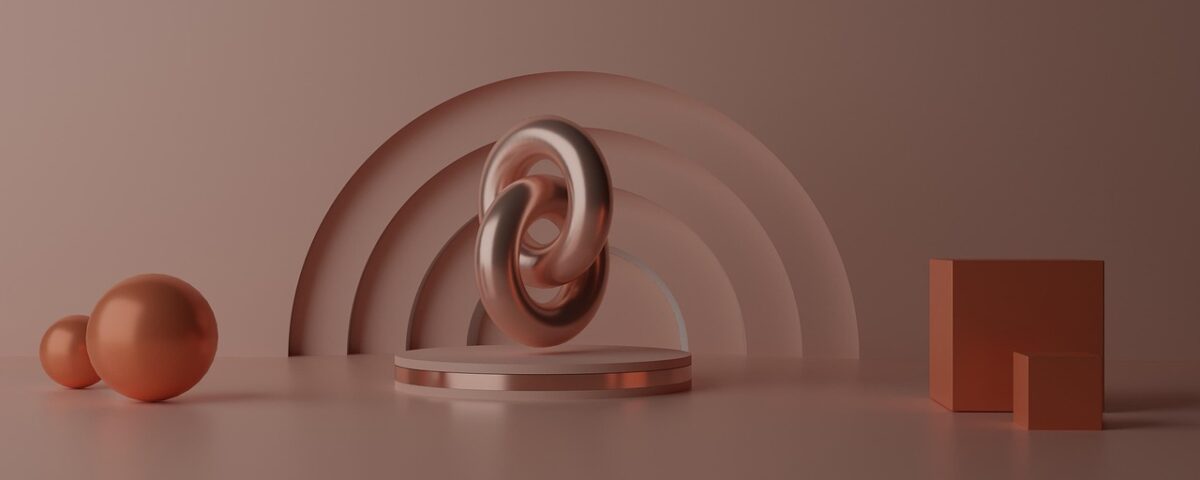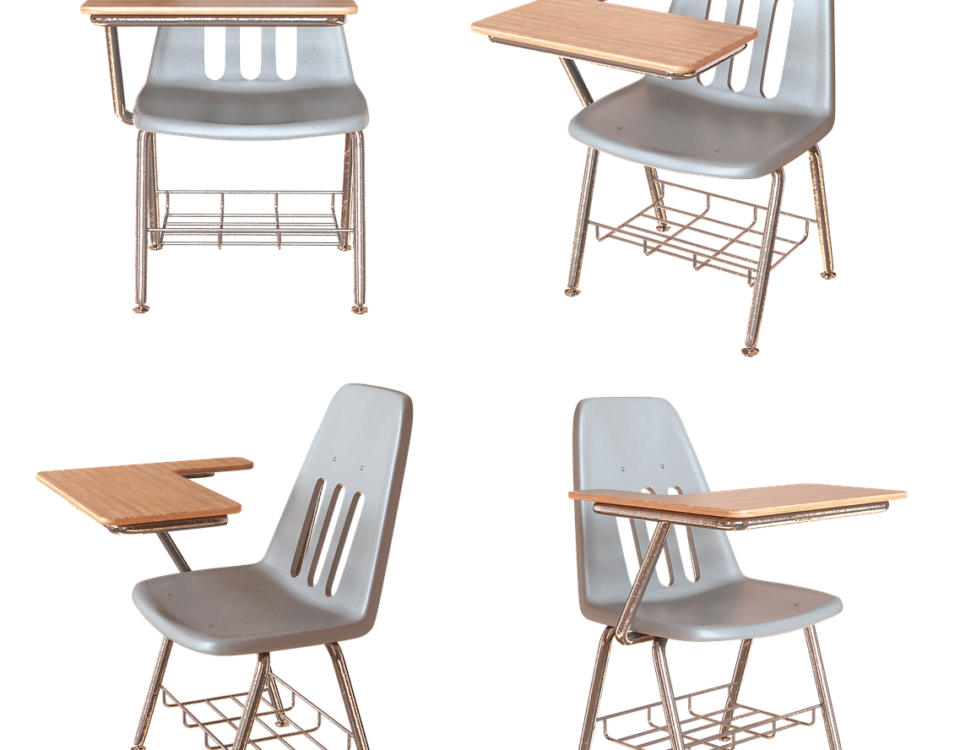Basic Principles of Selective Laser Sintering (SLS) Rapid Prototyping Process

New Layered Solid Rapid Prototyping Method
February 13, 2025
Features of the Selective Laser Sintering (SLS) Rapid Prototyping Process
February 13, 2025The Selective Laser Sintering (SLS) process is an advanced rapid prototyping technique that uses a laser to sinter powdered material, creating solid structures layer by layer. This process is highly effective for producing complex and durable parts, making it a popular choice for manufacturing prototypes and end-use products.
How Selective Laser Sintering Works
The SLS process begins with the powdering of a layer of material over the surface of a previously built part. A powder roller evenly spreads a thin layer of material on top of the model. The powder is then heated to just below the sintering temperature of the material, a critical temperature where the particles begin to bond but do not yet melt completely. The laser beam, controlled by a computer system, scans the surface of this powder layer, following the exact contour of the part’s cross-section.
As the laser scans the powder, it raises the temperature of the material to its melting point, causing the particles to fuse together. This process results in the sintering of the powder, effectively bonding the new layer with the layers beneath it. Once the scanning and sintering of one layer are complete, the build platform lowers by the thickness of one layer, and a fresh layer of powder is spread across the surface. This process continues, layer by layer, until the full model is completed.
Key Advantages of the SLS Process
- No Need for Support Structures: Unlike other rapid prototyping methods like Stereolithography (SLA), which require additional support structures for overhanging features, SLS benefits from the surrounding unsintered powder. This powder supports the model during the build process, preventing the need for separate support structures. This results in faster production times and less post-processing.
- Material Versatility: SLS can be used with a variety of materials, including wax, polycarbonate, nylon, fine nylon, synthetic nylon, metal powders, and other advanced materials that are still being developed. This makes it highly adaptable to different application needs, whether it’s for creating durable plastic parts or metal prototypes.
- Complex Geometries: One of the major benefits of SLS is its ability to create intricate and complex geometries that would be difficult or impossible to achieve using traditional manufacturing methods. This makes it ideal for prototypes with internal cavities, geometric features, and overhangs.
Post-Processing of SLS Parts
Once the part is completed and the material has cooled, the build platform is raised to its initial position. The printed part is then removed from the powder bed and transferred to a post-processing station for cleaning. In this stage, the surface powder is brushed away to reveal the finished part. Any residual powder that remains within the part or on its surface can be easily removed using compressed air or a vacuum. This post-processing step ensures that the model is clean and ready for inspection or further use.
Materials Used in Selective Laser Sintering
SLS can be used with a wide variety of materials, giving manufacturers the flexibility to choose the best material for their specific needs. Some of the most commonly used materials in SLS include:
- Nylon (Polyamide): This is one of the most commonly used materials in SLS due to its durability, strength, and flexibility. Nylon parts are ideal for functional prototypes, parts requiring impact resistance, and even end-use products.
- Polycarbonate: Known for its high strength and heat resistance, polycarbonate is used in applications that require toughness and the ability to withstand higher temperatures.
- Metals: Metal powders, including stainless steel and titanium, are used for applications requiring high strength and durability, making SLS suitable for industrial and aerospace parts.
- Wax and Other Materials: Materials such as wax are typically used for creating intricate molds, particularly in the jewelry and casting industries.
Advantages Over Other Rapid Prototyping Methods
Compared to other rapid prototyping methods like Stereolithography (SLA) and Fused Deposition Modeling (FDM), SLS stands out due to its ability to create fully functional prototypes without the need for post-processing support structures. The strength and durability of SLS parts are also superior, particularly when using industrial-grade materials such as nylon and metal powders. Additionally, SLS allows for the creation of parts with complex internal geometries, which is often impossible with other technologies.
Conclusion
Selective Laser Sintering (SLS) is a powerful rapid prototyping technology that offers numerous advantages in terms of material versatility, speed, and the ability to produce complex geometries. Its unique ability to utilize surrounding powder for support during the build process sets it apart from other technologies like SLA. Whether you are prototyping parts with fine details, producing end-use products, or manufacturing components with intricate internal cavities, SLS offers a reliable and efficient solution. As material options and technology continue to evolve, the potential for SLS to serve a wide range of industries, from automotive to aerospace and beyond, is growing rapidly.


